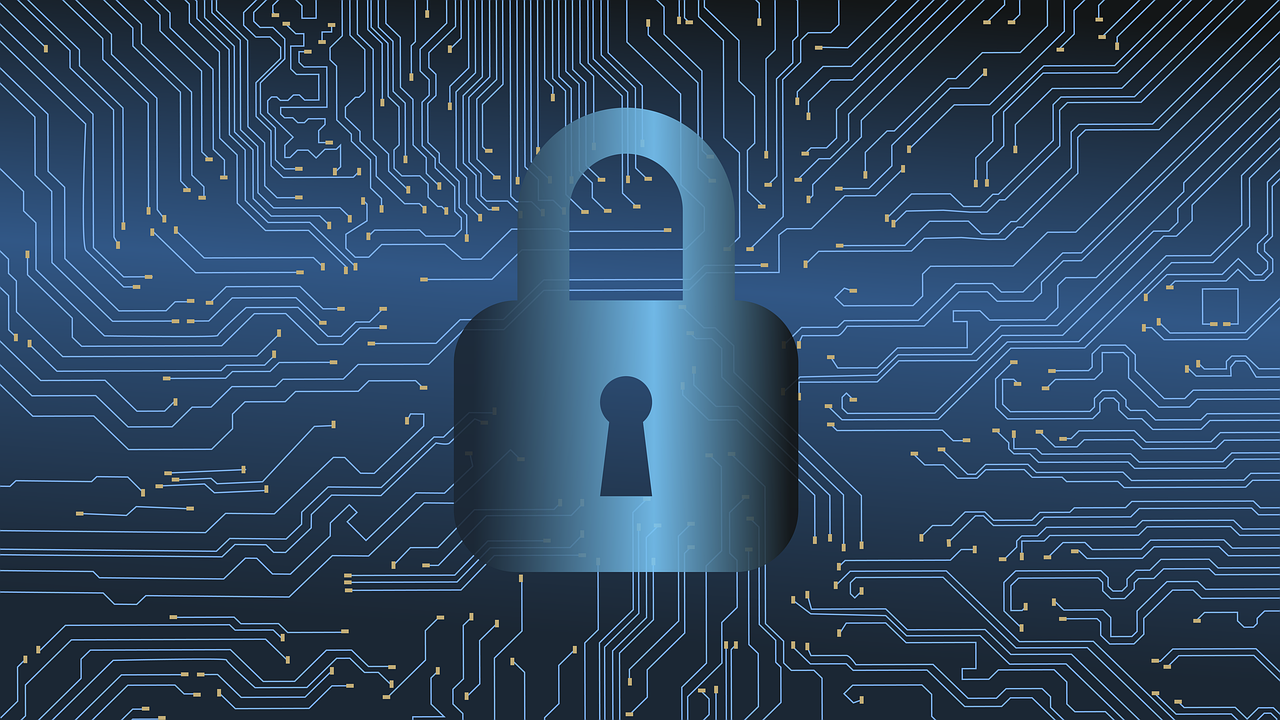As financial institutions continue to rely on the internet for most of their operations, the risk of cyberattacks continues to increase.
The Internet Crime Complaint Center (IC3) report stated that 791,790 cybercrime complaints were reported in 2020 alone, with the reported losses exceeding $4.1 billion. There has been a rise in credit card fraud, identity theft, phishing attacks, cyberstalking, and extortion, and there is a need for financial institutions to enhance their cybersecurity. Here are cybersecurity tips for financial institutions.
1. Use virtual private network (VPN)
With the rise of cybersecurity attacks, financial institutions risk losing data and sensitive customer details to hackers due to weak networks. Cyber attacks not only cost financial institutions money but also their hard-earned reputation. The use of VPN improves data security by securely encrypting data in transit, rendering it unreadable and untraceable to anyone who tries to steal it. In addition, using a VPN makes it safer to access data remotely allowing employees to work remotely. This guide explains how financial institutions can enhance online security for smooth operations by using VPNs.
2. Management of third-party risks
When financial institutions grant network access to third parties such as vendors and suppliers, they risk having confidential information leaked. To minimise such risks, financial institutions should segment their network to limit third-party access to critical assets, establish and verify security posture for partners and other third parties, monitor and identify any network irregularities, and add security best practices in service agreements.
3. Adherence to regulatory standards
There are fundamental laws and regulations that govern the financial industry. Financial institutions should religiously comply with the laid down guidelines that are specific to them to enhance their protection.
4. Regular network assessment
Also known as internal infrastructure audit, network assessment involves auditing the network to pinpoint any security gaps and lay down mechanisms to improve network security. Acting on the results of the audit leads to secure networks and improved compliance with data privacy regulations.
5. Employee training on cybersecurity
Creating a culture of safety through training helps to reduce cyberattacks that may occur due to a lack of knowledge or negligence. Employees should learn how they can identify phishing emails. The financial institution may also decide to test its preparedness for cybersecurity using penetration testing. If employees fall prey to fake phishing attempts, they should be taken for further training.
Additionally, other security best practices include using password managers and logging out of devices whenever they're out of their duty stations. Financial institutions can keep educating their employees by continually sending them cybercrime newsletters and updating them on emerging cybersecurity challenges and solutions.
6. Use of up-to-date software
Financial institutions should ensure that they update their software each time a new version is released. This is because each upgrade comes with advanced cybersecurity measures that prevent attackers from accessing private data. Keeping every device up-to-date lowers the chances of cyberattacks on the institutions.
Endnote
As technology evolves, hackers find new ways to infiltrate systems and threaten the financial sector's security. These tips will help financial institutions improve cybersecurity for the smooth operation and protection of data.












